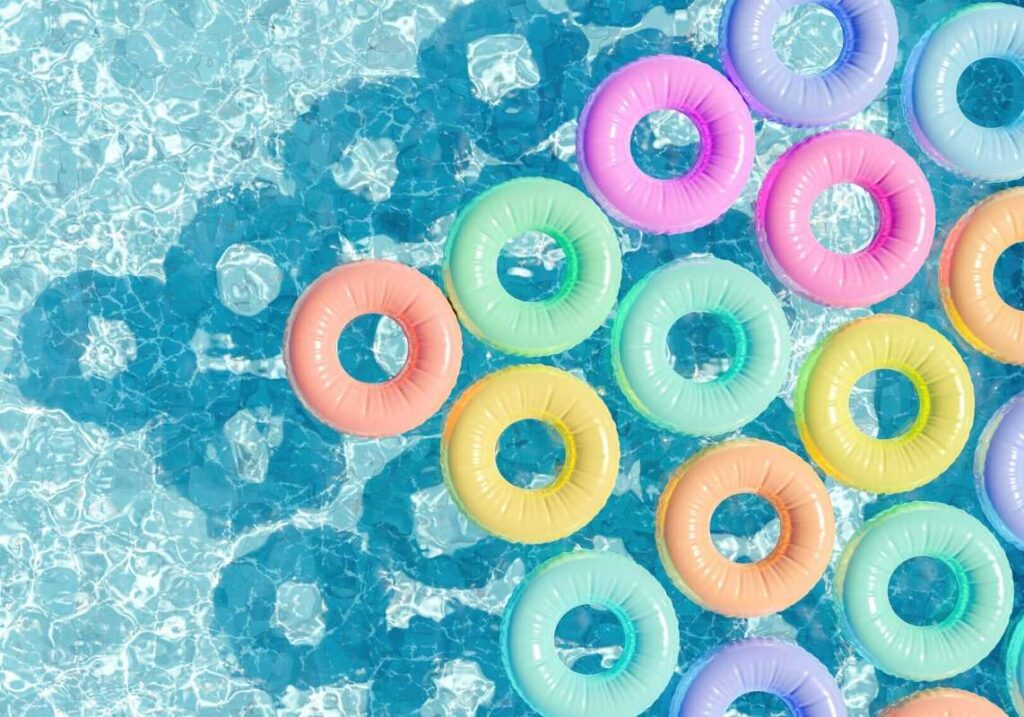Diagnosing Filter Pressure Issues: Quick Troubleshooting Guide
Struggling with filter pressure issues? Discover quick troubleshooting tips to diagnose and resolve filter pressure problems effectively.
Filter pressure issues can plague both pool owners and maintenance professionals, leading to inefficient filtration and potentially costly repairs. When the filter pressure is not at optimal levels, it can affect water clarity, circulation, and the overall health of your pool. In this comprehensive guide, we’ll explore the signs of filter pressure problems, how to diagnose them, and offer practical solutions for quick fixes. Whether you’re a seasoned pool technician or an aspiring entrepreneur in the pool service industry, this guide will equip you with valuable insights to tackle filter pressure issues head-on.
Understanding Filter Pressure Basics
– What is Filter Pressure? – Filter pressure refers to the measure of resistance that water encounters as it passes through the pool filter. This pressure is indicated by a pressure gauge typically located on the filter itself. – Optimal Pressure Levels – Most pool filters operate efficiently at a specific pressure range, usually between 10 to 20 PSI (pounds per square inch). Knowing your filter’s normal operating pressure is crucial for effective troubleshooting.- Why Monitoring is Essential – Regular monitoring of filter pressure can help prevent major issues, such as pump failure or poor water quality. A small fluctuation in pressure can indicate a developing problem that, if left unchecked, could lead to significant repair costs.
Common Signs of Filter Pressure Issues
Recognizing the signs of filter pressure issues early can save time and money. Here are some common indicators that your filter may not be functioning properly:- Increased Pressure Reading – If your filter pressure gauge reads significantly higher than normal, it may signal a blockage or buildup of debris in the filter media. – Lower Water Flow – A noticeable decrease in water flow from your pool’s return jets can indicate that the filter is struggling to process water effectively.- Cloudy or Dirty Water – Consistently cloudy or dirty water may suggest that the filter is not adequately removing contaminants, often due to pressure-related issues.- Frequent Filter Cleaning Needs – If you find yourself cleaning the filter more often than usual, this may point to underlying pressure problems that need to be addressed.Understanding these signs is critical for timely intervention. If you notice any of these indicators, it’s time to conduct a thorough diagnosis.
Step-by-Step Diagnosis of Filter Pressure Problems
Diagnosing filter pressure issues involves a systematic approach. Here’s a step-by-step guide to help you identify the root cause effectively:1. Check the Pressure Gauge – Begin by checking the pressure gauge. If it’s above the normal range, it’s a clear sign that something is amiss.2. Inspect the Filter – Look for visible signs of blockage or wear. If you have a cartridge filter, check for dirt buildup. For sand filters, inspect the sand for clumping or channeling.3. Backwash or Clean the Filter – If your filter is equipped with a backwash option, execute this procedure to clear out any buildup. For cartridge filters, remove and clean the cartridges as needed.4. Examine the Pump – Ensure the pump is functioning correctly. A malfunctioning pump can impact filter performance, leading to higher pressure readings.5. Check for Blocked or Leaky Lines – Inspect all plumbing lines leading to and from the filter for blockages or leaks. Clogs in the lines can create resistance and raise pressure.6. Test for Air Leaks – Air leaks in the system can cause pressure fluctuations. Inspect fittings and connections for any signs of wear or damage.7. Consult Manufacturer Specifications – Refer to your filter’s manual for specific troubleshooting advice. Each system may have unique characteristics that affect filter pressure.By following these diagnostic steps, you can identify the most likely cause of pressure issues and determine the appropriate corrective action.
Practical Solutions for Common Filter Pressure Issues
Once you’ve identified the problem, it’s time to implement solutions. Here are some practical remedies for common filter pressure issues:- Clogged Filter Media – Solution: Clean or replace the filter media. For sand filters, backwashing may suffice, while cartridge filters might require cleaning or replacement.- Blocked Return Lines – Solution: Clear any clogs in the return lines. This may involve removing debris or using a plumbing snake to clear blockages.- Pump Issues – Solution: Check the pump impeller for debris and ensure it is functioning correctly. If the pump is worn out, consider replacing it.- Incorrect Setup – Solution: Ensure that the system is set up correctly according to the manufacturer’s specifications. Improper setup can lead to pressure issues.- Leaks in the System – Solution: Repair any leaks found in hoses, fittings, or connections. If necessary, replace damaged components to restore proper pressure.For pool professionals, understanding these solutions not only helps in addressing filter pressure issues but also enhances service delivery to clients, ultimately improving customer satisfaction.
Tips for Preventing Future Filter Pressure Problems
Preventing filter pressure issues is far easier than resolving them. Here are some key tips to keep your pool system running smoothly:- Regular Maintenance – Schedule routine maintenance checks to clean the filter, inspect the pump, and assess the overall system. Consistent upkeep can catch issues before they escalate.- Monitor Water Levels – Ensure that water levels are maintained properly. Low water levels can lead to air entering the system, causing pressure fluctuations.- Educate Clients – If you’re in the pool service business, educating your clients about the importance of filter maintenance can help them take proactive measures.- Use Quality Filter Media – Invest in high-quality filter media that offers better filtration and fewer clogs over time.- Implement a Cleaning Schedule – Establish a cleaning schedule based on usage and environmental factors. Regular cleaning helps maintain optimal filter performance.- Invest in Training – For aspiring entrepreneurs considering entering the pool service industry, consider training options such as those offered by
Superior Pool Routes Training. Comprehensive training can equip you with essential skills for managing filter systems effectively.By implementing these preventative measures, you can enhance the longevity and efficiency of your pool’s filtration system.
Conclusion
Diagnosing and resolving filter pressure issues is a critical skill for pool maintenance professionals and aspiring entrepreneurs in the pool service industry. Understanding the signs of pressure problems, conducting thorough diagnostics, and applying practical solutions can significantly enhance pool health and customer satisfaction. As you develop your expertise in this area, remember that maintaining optimal filter pressure is not just about fixing issues as they arise; it’s about creating a sustainable and efficient pool service model.Engaging with a reputable service provider like
Superior Pool Routes can offer you valuable insights and resources. Whether you’re looking for
pool routes for sale or training to enhance your skills, utilizing their expertise can set you on the path to success in the pool maintenance industry. Don’t wait for problems to emerge—take proactive steps towards mastering filter pressure management today!



